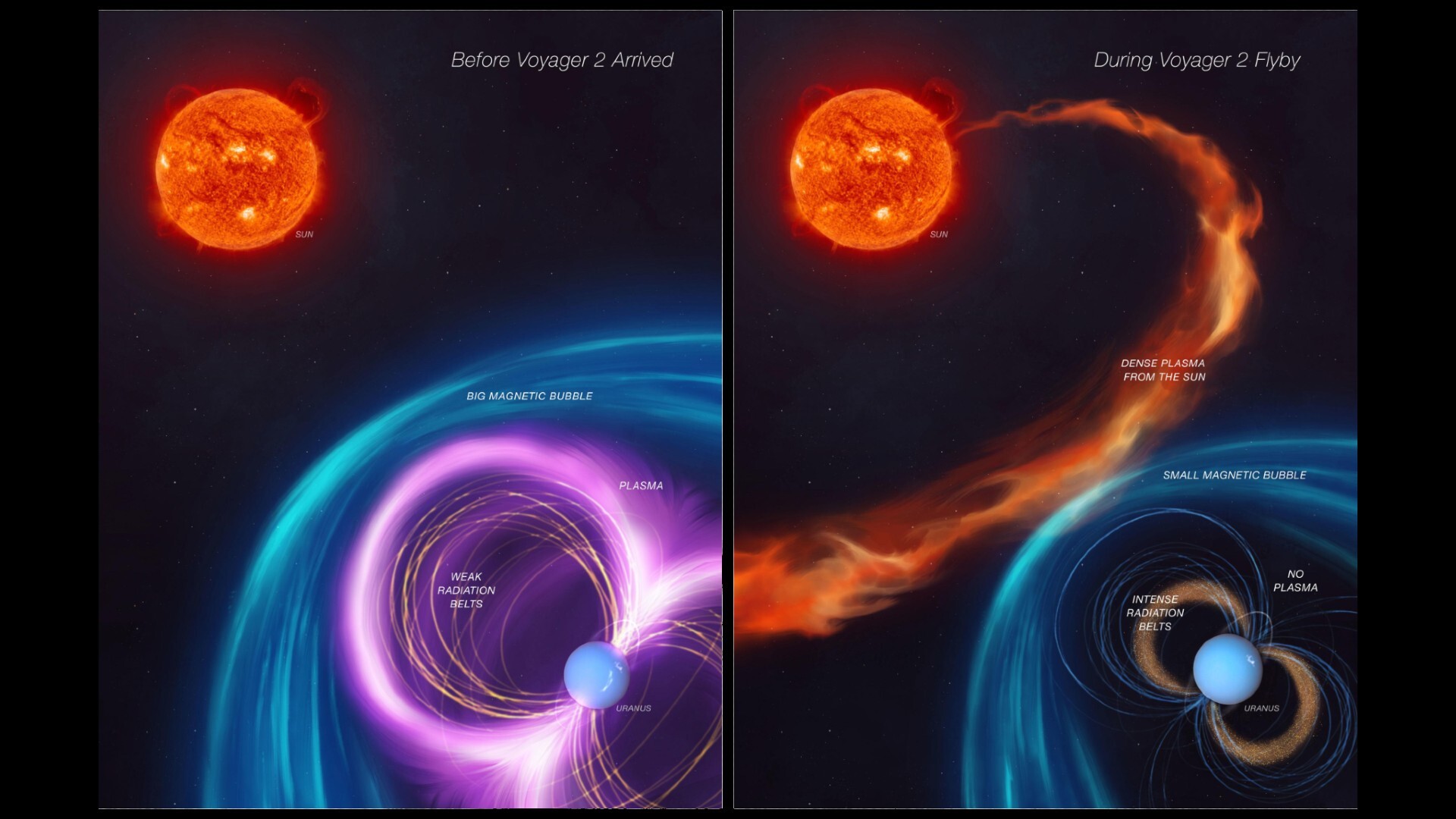Columbia Space Shuttle Disaster Explained (Infographic)

On Feb. 1, 2003, the shuttle Columbia was returning to Earth after a successful 16-day trip to orbit, where the crew conducted more than 80 science experiments ranging from biology to fluid physics. However, the seemingly healthy orbiter had suffered critical damage during its launch, when foam from the fuel tank's insulation fell off and hit Columbia's left wing, tearing a hole in it that later analysis suggested might have been as large as a dinner plate.
The damage occurred just after Columbia's liftoff on Jan. 16, but went undetected. During re-entry, the hole in a heat-resistant reinforced carbon carbon panel on Columbia's left wing leading edge allowed super-hot atmospheric gases into the orbiter's wing, leading to its destruction.
Killed in the Columbia shuttle disaster were STS-107 mission commander Rick Husband and included pilot Willie McCool, mission specialists Kalpana Chawla, Laurel Clark and David Brown, payload commander Michael Anderson and payload specialist Ilan Ramon, Israel's first astronaut. [Share Your Thoughts on Columbia]
Poll: Is Human Spaceflight Worth the Risk?
A subsequent inquiry by the Columbia Accident Investigation Board (CAIB) faulted NASA's internal culture as much as the foam strike as causes of the shuttle disaster. The Columbia accident ultimately led then-President George W. Bush to announce plans to retire NASA's space shuttle fleet (which was more than 20 years old at the time) once construction of the International Space Station was complete. A capsule-based spacecraft was planned to replace the shuttles. [Photos: The Columbia Space Shuttle Tragedy]
Breaking space news, the latest updates on rocket launches, skywatching events and more!
NASA's space shuttle fleet resumed launches in July 2005, after spending more than two years developing safety improvements and repair tools and techniques to avoid a repeat of the Columbia disaster. In 2011, NASA launched the final space shuttle mission, STS-135, to complete the shuttle fleet's role in space station construction.
Video: Remembering Columbia's Crew - 'In Their Own Words'
In 2012, NASA's three remaining shuttles - Discovery, Atlantis and Endeavour - were delivered to museums in Washington, D.C., Florida and California, while the test shuttle Enterprise was delivered to New York City. Under President Barack Obama, NASA was directed to rely on private spacecraft to launch Americans to the International Space Station and return them to Earth. NASA, meanwhile, is developing a new giant rocket - the Space Launch System - and the Orion space capsule for future deep-space missions to an asteroid, the moon and Mars.
Instant History: Our First Report - Feb. 1, 2003
Columbia Missing on Re-Entry, Crew Presumed Lost
- Top 10 Questions About NASA's Columbia Shuttle Tragedy
- Columbia is Lost: SPACE.com's STS-107 Story Archive
- Space Shuttle Columbia: STS-107 Mission Archive
Follow SPACE.com on Twitter @Spacedotcom. We're also on Facebook & Google+.

Karl's association with Space.com goes back to 2000, when he was hired to produce interactive Flash graphics. From 2010 to 2016, Karl worked as an infographics specialist across all editorial properties of Purch (formerly known as TechMediaNetwork). Before joining Space.com, Karl spent 11 years at the New York headquarters of The Associated Press, creating news graphics for use around the world in newspapers and on the web. He has a degree in graphic design from Louisiana State University and now works as a freelance graphic designer in New York City.
